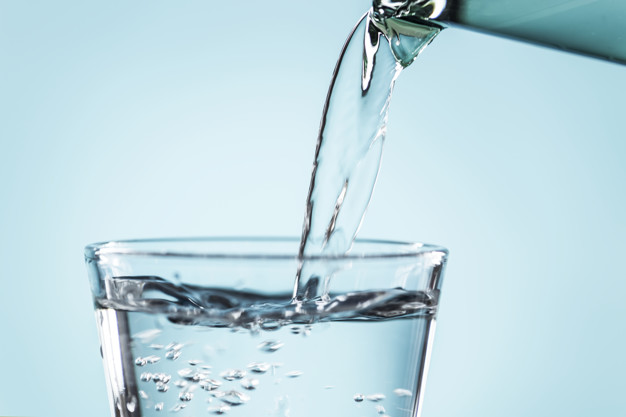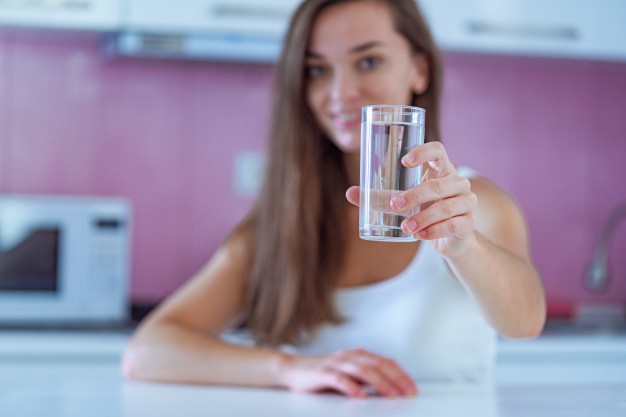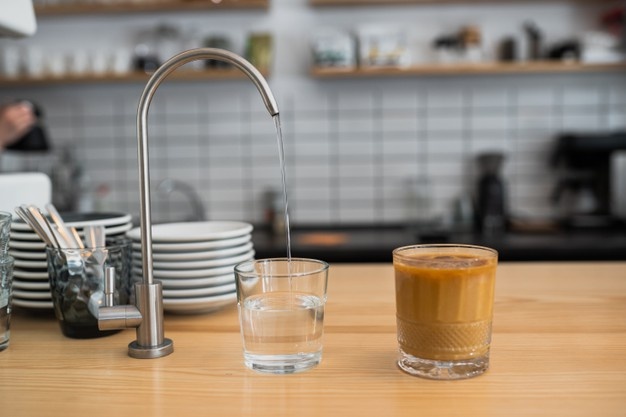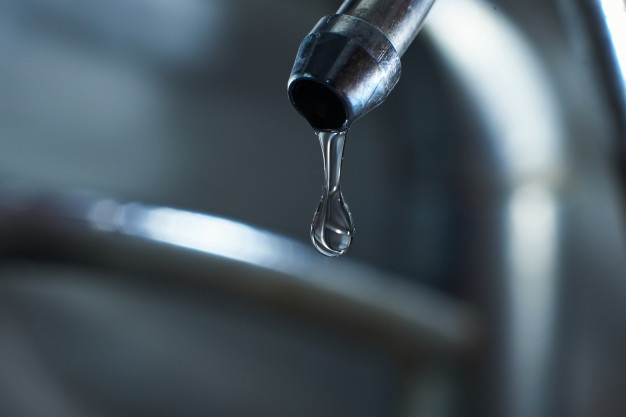Water filtration is a primary step after testing your water in the water treatment procedure. While the water flows inside the filter cartridges hosting the proper chemicals and resin beds or passes its journey through the Multi-stage filters goes for purifying processes to be ready for your consumption. You can see the products we provide for this purpose.
The process of cleaning particles and unwanted contaminants from water is called water filtration. After we tested your selected water source, there are several ways to disinfect the water. We provide solid and liquid chemical filtering services, improving taste and odour and media filtering to benefit from state-of-the-art tools and equipment.
The process of treating water into a nice, clean beverage separates into pre- & post-filtration. The mechanism is so sensible in Multi-stage filters.
Pre-treatment can be a mild mechanical filtration for dissolved solids, coalescence chemical addition, chlorine or other oxidation chemical addition or removal, and removal of organics or contaminants that can discolour the water and diminish system performance which results in requiring costly operation and maintenance.
Post filtration is a well-defined procedure in the Reverse Osmosis system, and it has it's an effective method in water purification procedures.

Particles existing in the water around Vancouver Island are categorized in various sizes and levels of concern. We provide a density of filters with variable cartridges and housings for treating the water with any condition. Water sources with high turbidity visible with the eye are treatable with the less accurate but heavy-duty filtration process.

Water treatment systems are divided into residential and Community. Boiling, household slow sand filter, domestic chlorination are the residential solutions, and Community water treatment includes storage and sedimentation, up-flow roughing filter, slow sand filtration, chlorination in piped water-supply systems and UV filtration. For sure, these are the usual types of solutions on demand. Using chemical disinfection through the filters is one of the methods we offer. Among disinfecting chemicals, chlorine is a strong one. Chlorination is the most widely used method of disinfecting drinking water. It can be used as liquid, powder or purpose-made tablets into the targeted water supply. Deciding on the right amount of chlorine to use can be difficult because chlorination's effectiveness depends on the untreated water quality, which may vary according to the season. Sometimes, chlorination can't eliminate the pathogens; that's why we use other methods and chemicals based on the sample's test result.
Another phase of our purpose in water treatment is to reduce the concentration of chemicals in the water. Water can hold a high concentration of iron due to the naturally high iron content in the soil. It can give the water an unpleasant metallic taste and odour. These irons can be removed simply by aerating the water and filtering it through sand and gravel.
A high concentration of fluoride can damage bones and teeth. In these cases, the problem can be solved by softening the water.
Our product included filters with various applications and media. Chemical feeders that are suitable for feeding chlorine pellets and other liquids like potassium permanganate, sodium hypochlorite and Resin Cleaning Agents depending. Diversity of filters available made from Pleated Cellulose Polyester, String Wound and Ceramic Cartridge. Iron Reduction, Oil Absorbing and DI Resin Cartridge are considered as the specialty cartridges with medias such as active carbon, Phosphate, Granular Coconut. The media have been chosen precisely based on the experiments and impacts on different water conditions. We recommend proper filters and media by concentrating on the issue with your tap water. Each cartridge will determine with a unique role that targets specific contamination issues regarding multi-stage water filtration. The same cartridges can be used in the system with various roles. For instance, reverse osmosis filtration systems can benefit from two carbon blocks with the same inclinations. The filters that place at the top of this named system will be responsible for removing the chemicals, potentially damaging the membrane filter. On the other hand, carbon block filters are downstream; they are called the post-filters that remove any residual chemical.

UV filtration method is described as invisible radiation. e UV rays must invade the cell to kill microorganisms. Although UV disinfection does not remove dissolved organics, inorganics, or particles in the water, it can stop the cells' reproduction. UV units produce optimal wavelengths for the disinfection of ozone destruction. This UV absorb contaminants include turbidity, iron, and acids, common to surface water supplies. This method is most useful for treating high-clarity purified reverse osmosis or distilled water.

Water quality can improve by storing it. During storage time, non-colloidal suspended particles slowly settle to the bottom of a storage tank, and harmful organisms in the water can be deactivated by the UV method.
Upflow filters often use for pretreating the water by removing suspended solids from the water that could rapidly block a slow sand filter. These filters can also considerably reduce the number of pathogens in the water and the amount of iron and manganese. Downflow, Upflow and horizontal flow are roughing filters, with different filter mediums (e.g. sand, gravel, coconut husk fibre). Upflow roughing filters are relatively cheap and more comfortable to clean than downflow or horizontal flow filters.